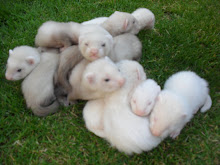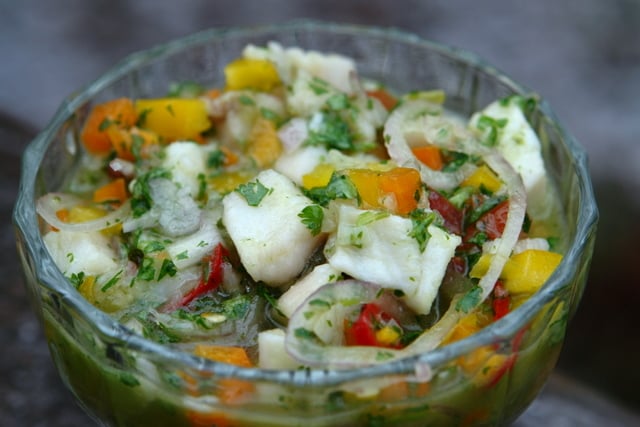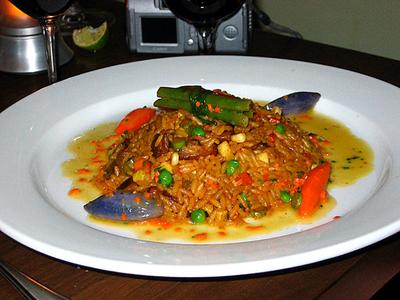
Halloween-
Halloween's origins date back to the ancient Celtic festival of Samhain (pronounced sow-in).
The Celts, who lived 2,000 years ago in the area that is now Ireland, the United Kingdom, and northern France, celebrated their new year on November 1. This day marked the end of summer and the harvest and the beginning of the dark, cold winter, a time of year that was often associated with human death. Celts believed that on the night before the new year, the boundary between the worlds of the living and the dead became blurred. On the night of October 31, they celebrated Samhain, when it was believed that the ghosts of the dead returned to earth. In addition to causing trouble and damaging crops, Celts thought that the presence of the otherworldly spirits made it easier for the Druids, or Celtic priests, to make predictions about the future. For a people entirely dependent on the volatile natural world, these prophecies were an important source of comfort and direction during the long, dark winter.
To commemorate the event, Druids built huge sacred bonfires, where the people gathered to burn crops and animals as sacrifices to the Celtic deities.
During the celebration, the Celts wore costumes, typically consisting of animal heads and skins, and attempted to tell each other's fortunes. When the celebration was over, they re-lit their hearth fires, which they had extinguished earlier that evening, from the sacred bonfire to help protect them during the coming winter.
Now when we celebrate Halloween, we dress up in costumes, go around from house to house and get candy from our very generous neighbors. It is now mostly to be as scary as possible. It is one of our seven most celebrated holidays; Halloween, Thanksgiving, Christmas, Hanukkah, New year's (the celebration of the new year), Valentine's Day, and our birthdays.



 Peruvian wildlife is amazing. They have everything from huge anacondas to beautiful leopards In the tropics.
Peruvian wildlife is amazing. They have everything from huge anacondas to beautiful leopards In the tropics.









 This is Peruvian president Alan Garcia. Peru is a Constitutional Republic. A constitutional republic is when the people elect someone to represent them. That person votes on certain things for them. A democracy is when each person votes on their own.
This is Peruvian president Alan Garcia. Peru is a Constitutional Republic. A constitutional republic is when the people elect someone to represent them. That person votes on certain things for them. A democracy is when each person votes on their own.